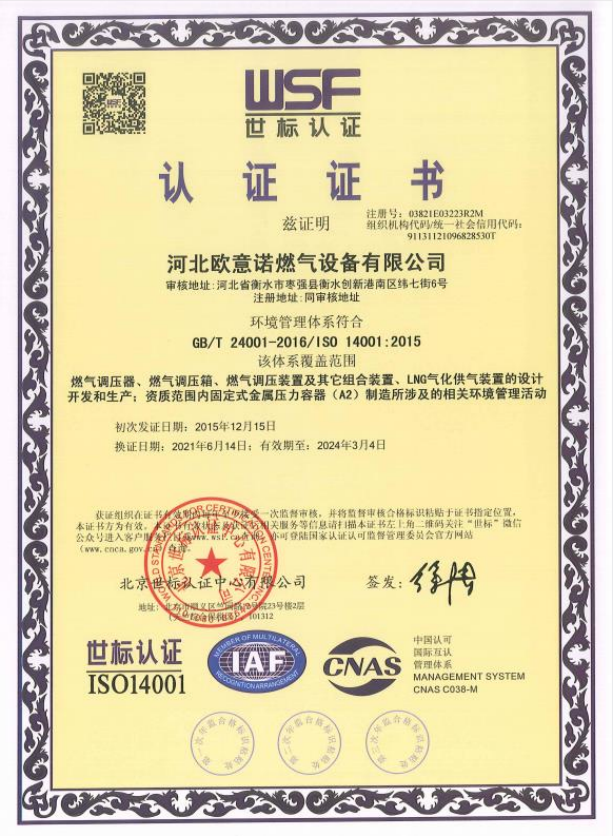
Dec . 05, 2024 03:41
Back to list
Understanding Pressure Relief Valves in Industrial Applications and Safety Standards
Understanding the Relief Valve A Key Component in Pressure Systems
A relief valve, often referred to as a pressure relief valve or safety valve, plays a crucial role in maintaining the safety and efficiency of various fluid and gas systems. By protecting systems from excessive pressure buildup, relief valves ensure that equipment operates within its designed specifications, preventing catastrophic failures and enhancing operational longevity.
Function and Importance
The primary function of a relief valve is to release excess pressure from a system when it exceeds a predetermined limit. This is vital in preventing potential hazards, such as explosions or equipment damage. Relief valves are widely used across different industries, including oil and gas, chemical manufacturing, water treatment, and HVAC systems, highlighting their universal importance.
In a typical pressure system, a relief valve is set to open at a specific pressure level. When the system pressure rises above this threshold, the valve automatically opens, allowing excess fluid or gas to escape. This action reduces the pressure within the system, preventing it from reaching dangerous levels. Once the pressure is reduced to a safe point, the valve closes again, maintaining the system's stability.
Types of Relief Valves
.
1. Spring-loaded Relief Valves These are the most widely used type. They rely on a spring mechanism to hold the valve closed against system pressure. When pressure exceeds the set limit, the spring compresses, allowing the valve to open and release excess pressure.
صمام التنفيس

2. Pilot-operated Relief Valves These valves use a small pilot valve that controls the larger main valve. The pilot valve senses pressure changes and opens or closes the main valve accordingly. This design allows for more precise pressure control and is often used in high-pressure applications.
3. Weight-loaded Relief Valves These valves use a weight instead of a spring to hold the valve closed. The weight is set to a specific pressure level, and when that level is exceeded, the valve opens. While less common today, they are still found in certain applications.
Installation and Maintenance
Proper installation and maintenance of relief valves are critical for ensuring their effectiveness. The valve must be installed in the correct orientation, as specified by the manufacturer, to operate efficiently. Regular maintenance checks are also essential, as debris or corrosion can affect the valve's functionality. It is advisable to inspect the valve regularly and replace it if any damage or malfunction is detected.
Regulatory Compliance
In many industries, relief valves are subject to stringent regulatory standards. Organizations such as the American Society of Mechanical Engineers (ASME) provide guidelines and standards for the installation, maintenance, and testing of relief valves. Adhering to these regulations is not only crucial for safety but is also often a legal requirement.
Conclusion
Relief valves are an indispensable component of pressure systems in numerous industries. Their ability to regulate pressure and prevent dangerous situations makes them vital for safe operations. Understanding the types, functions, and maintenance of relief valves is essential for engineers and operators alike. By ensuring that these valves are correctly installed and regularly maintained, industries can safeguard their processes, protect their workers, and enhance the overall reliability of their systems.
Latest news
-
Safety Valve Spring-Loaded Design Overpressure ProtectionNewsJul.25,2025
-
Precision Voltage Regulator AC5 Accuracy Grade PerformanceNewsJul.25,2025
-
Natural Gas Pressure Regulating Skid Industrial Pipeline ApplicationsNewsJul.25,2025
-
Natural Gas Filter Stainless Steel Mesh Element DesignNewsJul.25,2025
-
Gas Pressure Regulator Valve Direct-Acting Spring-Loaded DesignNewsJul.25,2025
-
Decompression Equipment Multi-Stage Heat Exchange System DesignNewsJul.25,2025

